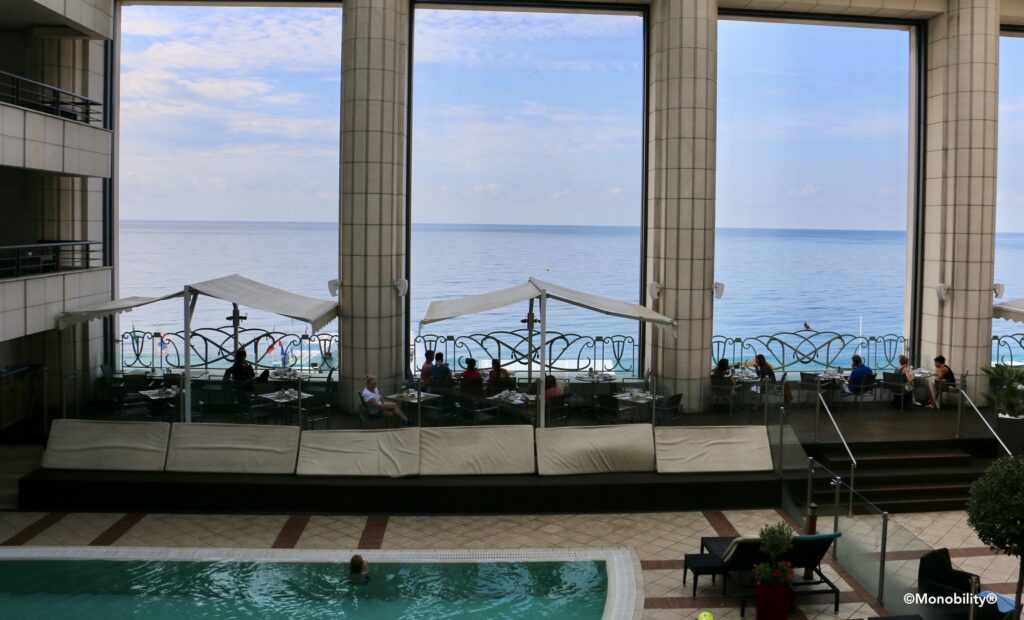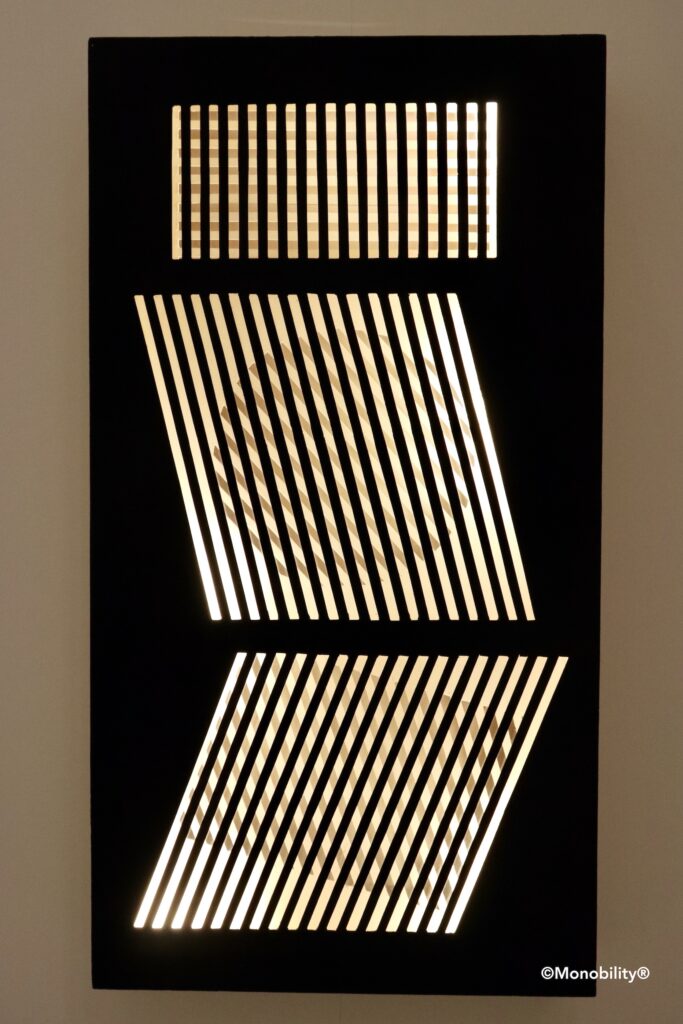In Korea, a rainbow is simply an optical phenomenon caused by reflection, refraction, and dispersion of light in water droplets resulting in a spectrum of light appearing in the sky. It has nothing to do with someone’s pride in his or her sexual orientation (I don’t know exactly how sexual minorities are viewed by Gen Z these days there, though). In fact, Korean teachers mainly use rainbows to teach little children major color words in their acronyms:
빨 = 빨강 red
주 = 주황 orange
노 = 노랑 yellow
초 = 초록 green
파 = 파랑 blue
남 = 남색 indigo
보 = 보라 purple
In Korea, wearing a pink shirt doesn’t mean you are gay. In Korea, when two girls walk in the street holding hands, they are simply close friends; It doesn’t necessarily mean they are lesbians. In Korea, two people from different countries can go to a pub or a cafe at any time without nervously worrying about discrimination; nobody will assume that you have an “Asian fetish” or refuse to serve you kindly just because in their small brains they think that your accompanying partner or friend belongs to their own race or their ethnic group.
I am not saying that Korea is a perfect country without any discrimination about anything. Yes, it is true that Korea has been a very homogeneous country throughout history. But during the last decade or so the country quickly evolved into a very diverse society and more and more Koreans are tolerant of diversity across the board. Freedom of religion, for example, is a guaranteed right. Unlike in some other countries out there, people of sexual minority groups are not arrested or beaten in the streets in bright daylight. And I haven’t heard that any foreign resident was pushed onto a train at a subway station in Seoul just because he or she is a “foreigner” who stands out in their appearance or in somebody’s prejudicial mindset.
Koreans teach their children early on about the importance of diversity. Many K-drama screenwriters also “teach” the public against racial and sexual discrimination, among others, to engender the spirit of tolerance, social rationality, and civility. Do you remember, for example, those memorable anti-discriminatory scenes from 이태원 클라쓰 (Itaewon Class) and 이상한 변호사 우영우 (Extraordinary Attorney Woo)?
Please listen to the children’s song 무지개빛 하모니 in the video and take a look at the lyrics:
일곱빛깔 무지개 아름다운 하모니 Seven-colored rainbow, beautiful harmony
우리들도 하나되어 하모니를 이뤄요 We too become united and achieve harmony
빨주노초파남보 다른 빛깔이지만 Red, orange, yellow, green, blue, indigo, and purple – the colors are all different
서로 마음 모아서 하모니를 이루죠 But they put their hearts together and achieve harmony
우리들의 모습 모두가 다르지만 We all look different
마음의 문 열고 한마음 이루어요 But let’s open the door of our hearts and make one mind!
서로 감싸주고 서로 아껴주는 Embrace each other and care for each other
무지개빛 고운 하모니 Rainbow-colored beautiful harmony
우리 함께 만들어요 무지개빛 하모니 Let’s make a rainbow-colored harmony together
혼자서는 할 수 없어 함께 꿈을 이뤄요 You can’t do it alone, let’s achieve our dreams together
너와 내가 손잡고 희망의 꿈 펼쳐요 You and I hold hands to spread our dreams of hope –
우리 모두 하나되는 무지개빛 하모니 Rainbow-colored harmony that unites us all!
무지개빛 하모니 만들어요 Let’s make a rainbow-colored harmony
– 윤학준, “무지개빛 하모니 Rainbow Harmony”
Join Monobility® Group for much more:



